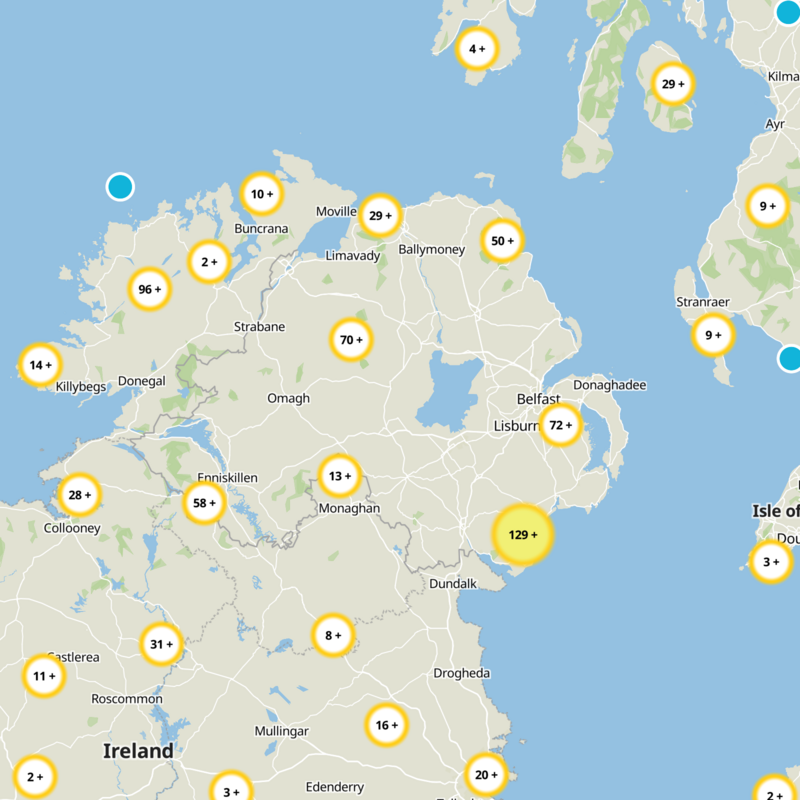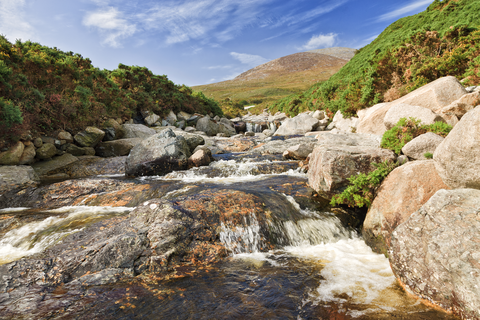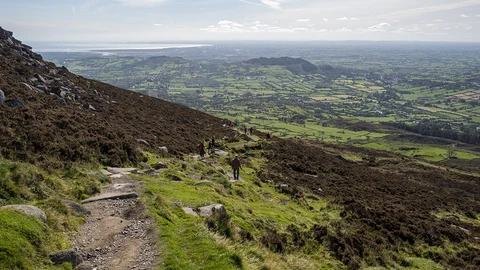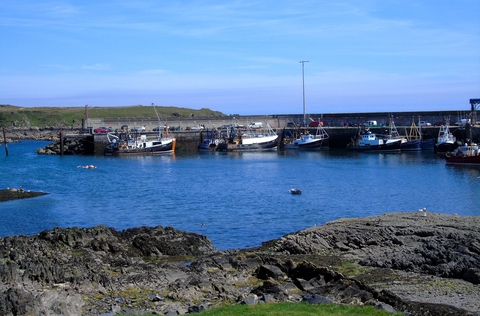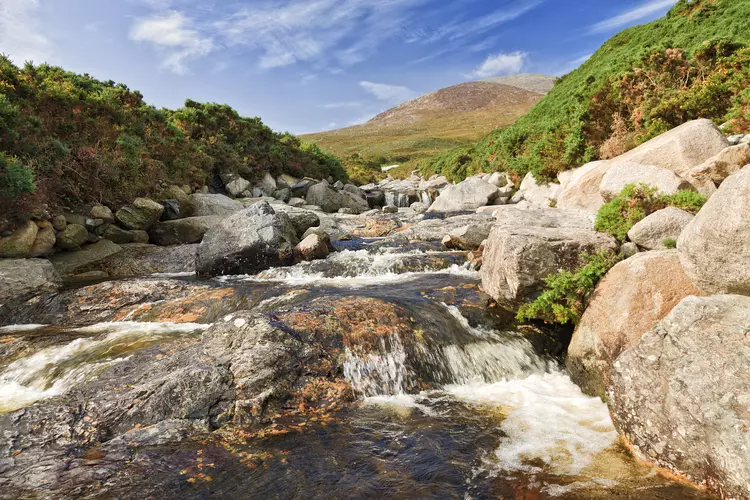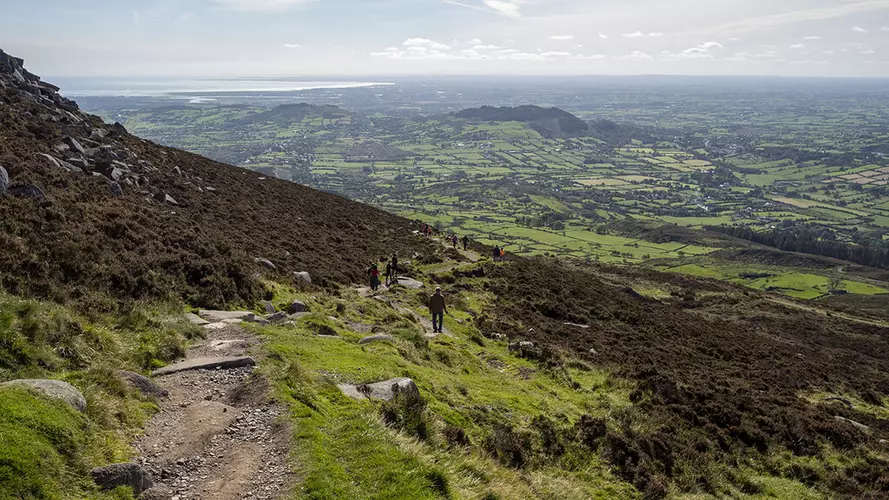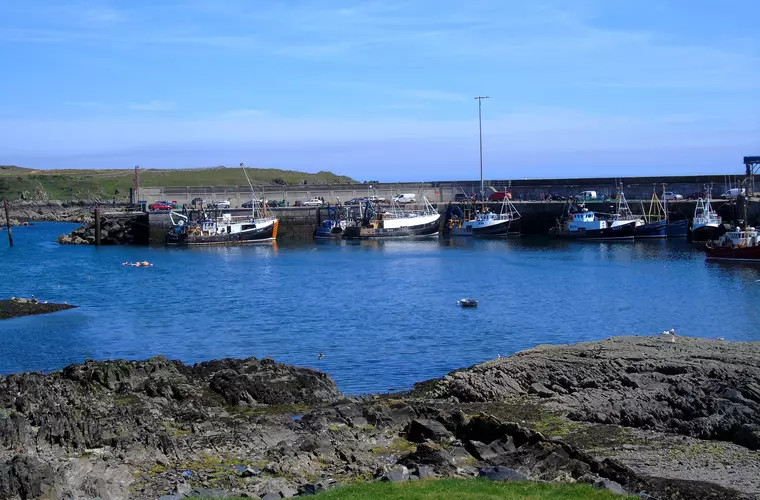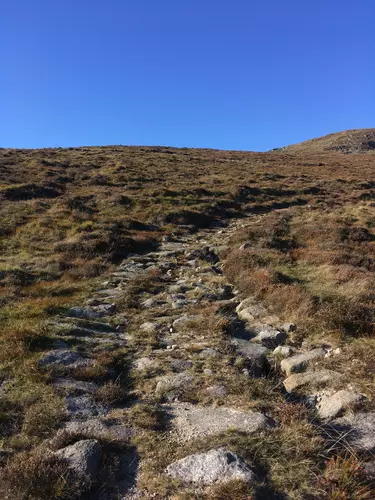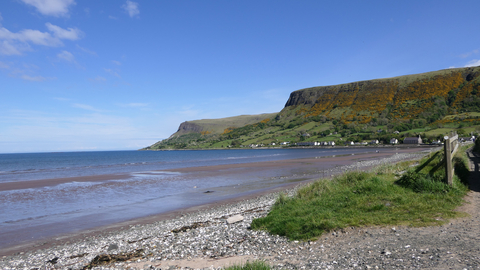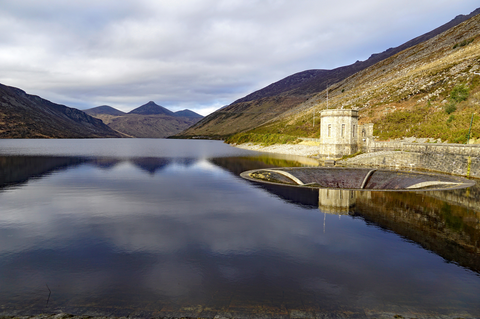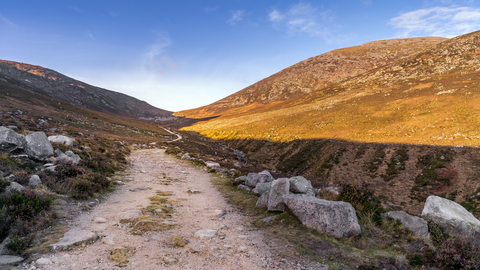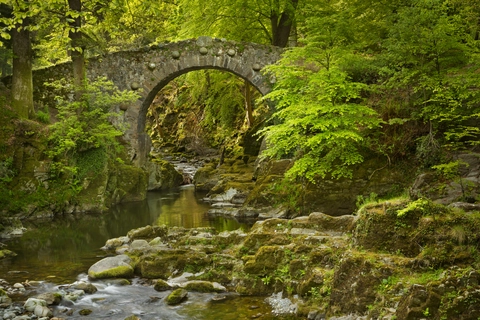"Explore Northern Ireland's enchanting trails, where history and nature weave unforgettable stories amid breathtaking beauty."
Embark on a journey through Northern Ireland's breathtaking landscapes, where every trail tells a story. From the rugged cliffs of the Causeway Coast to the mystical Mourne Mountains, each path offers a unique blend of history and natural beauty. Discover the Giant's Causeway's ancient basalt columns, wander through lush forests, and enjoy panoramic views that stretch to the horizon. With trails for every skill level, Northern Ireland invites you to explore its enchanting terrain and create unforgettable memories.
Most popular hikes
FAQs about hiking in Northern Ireland






